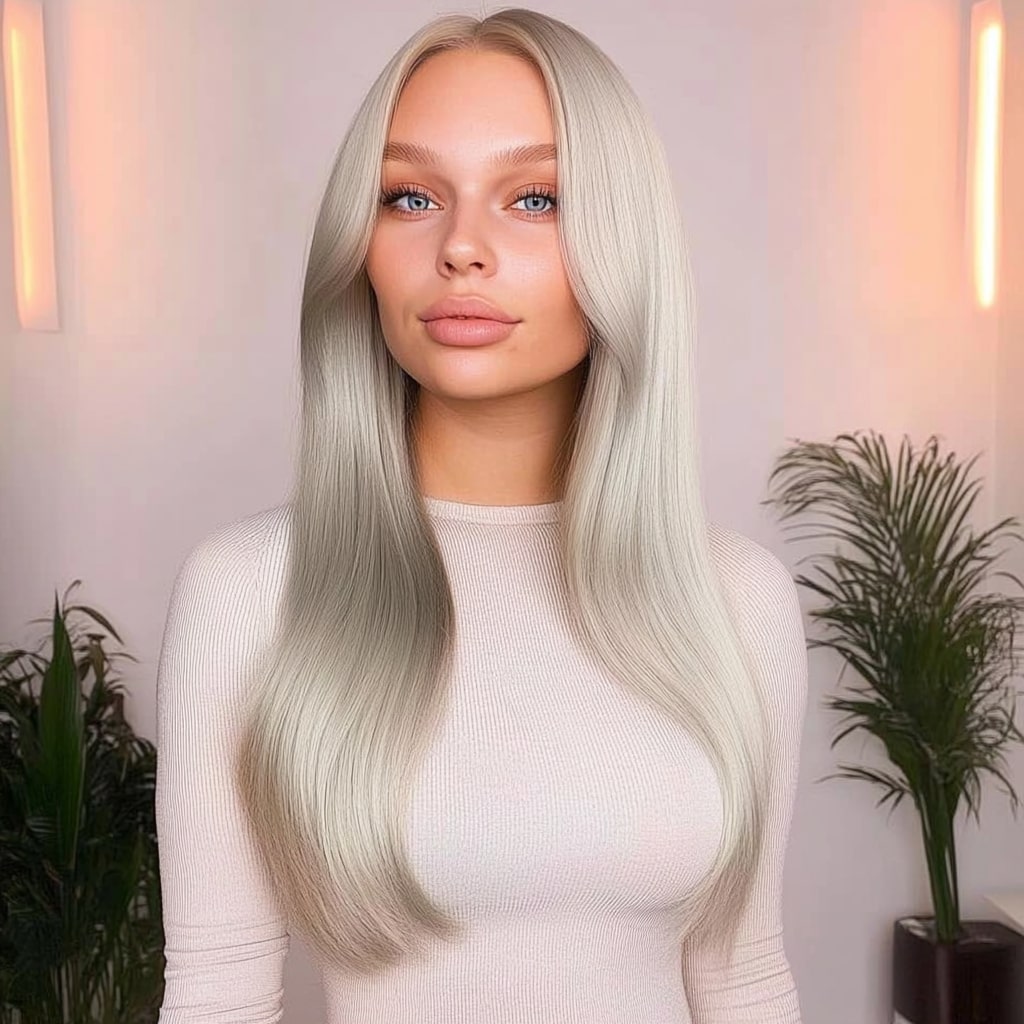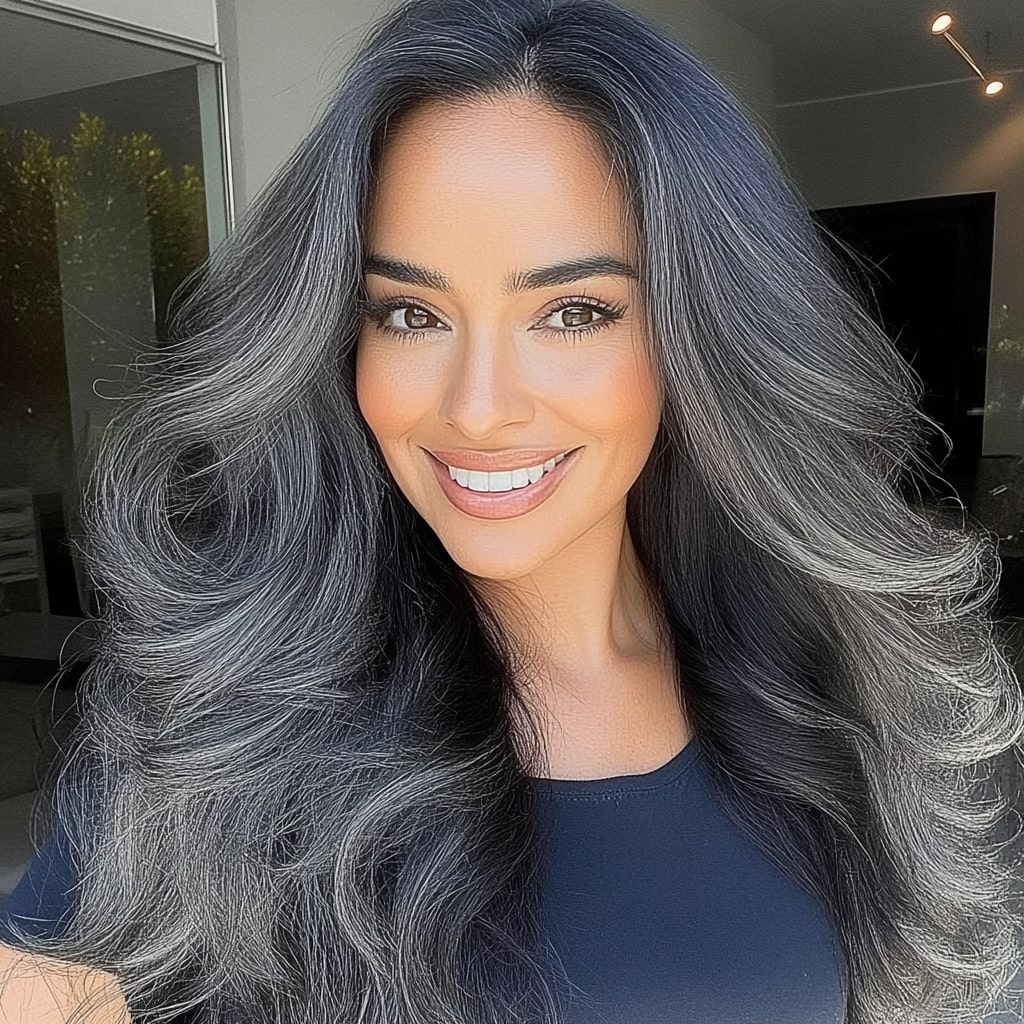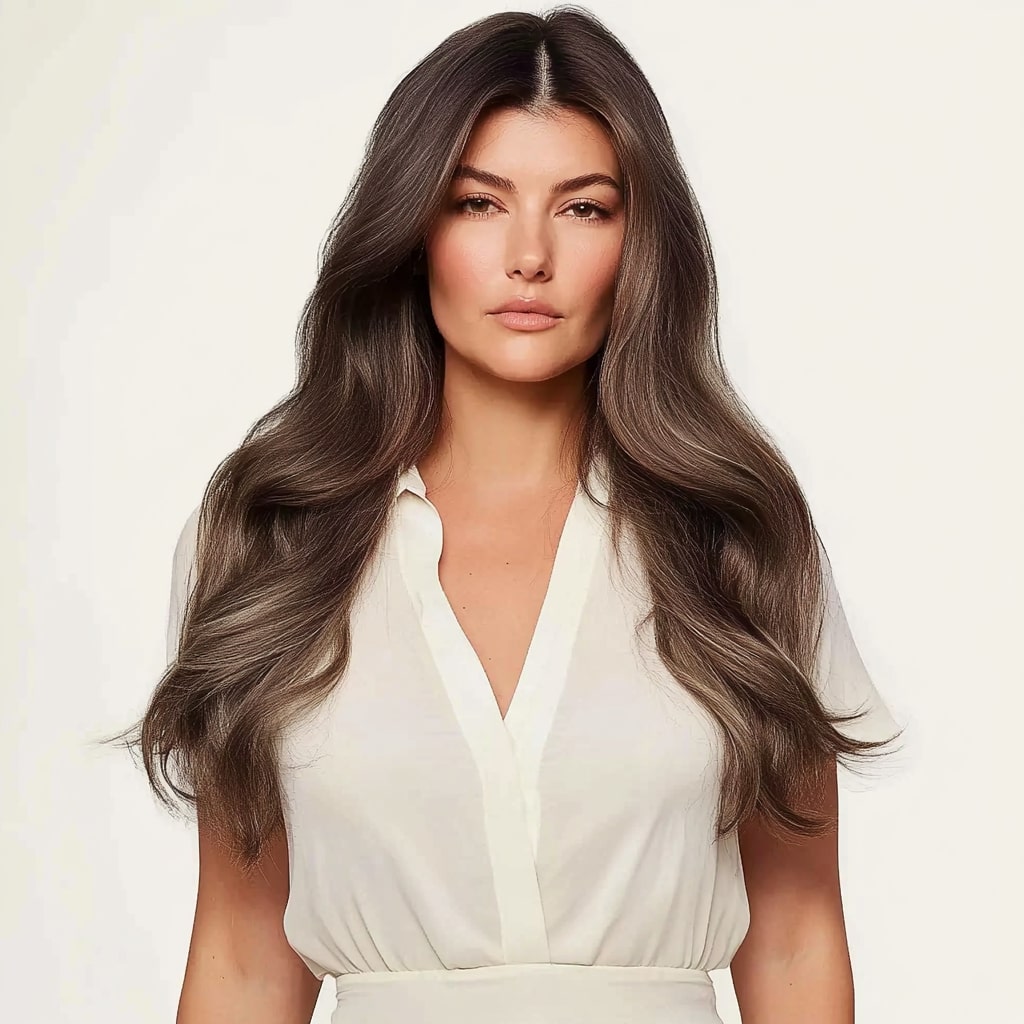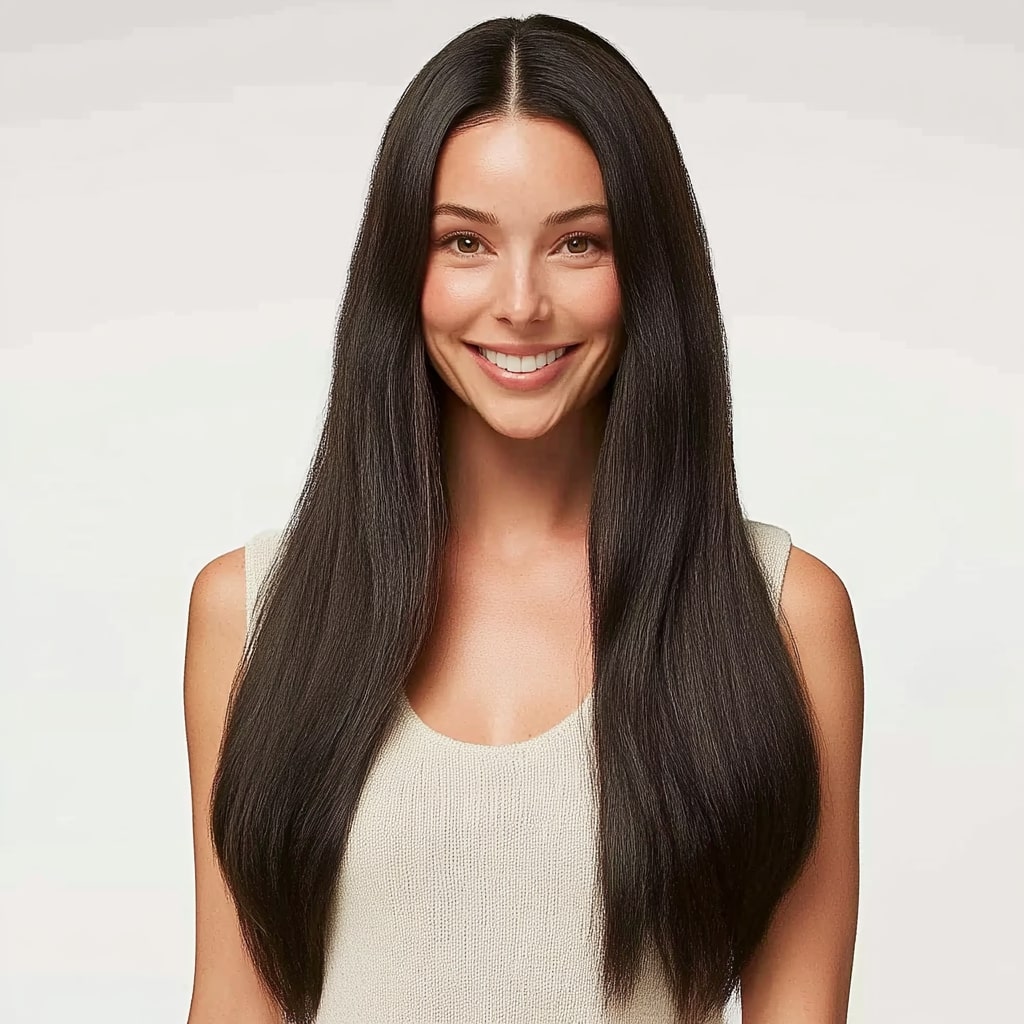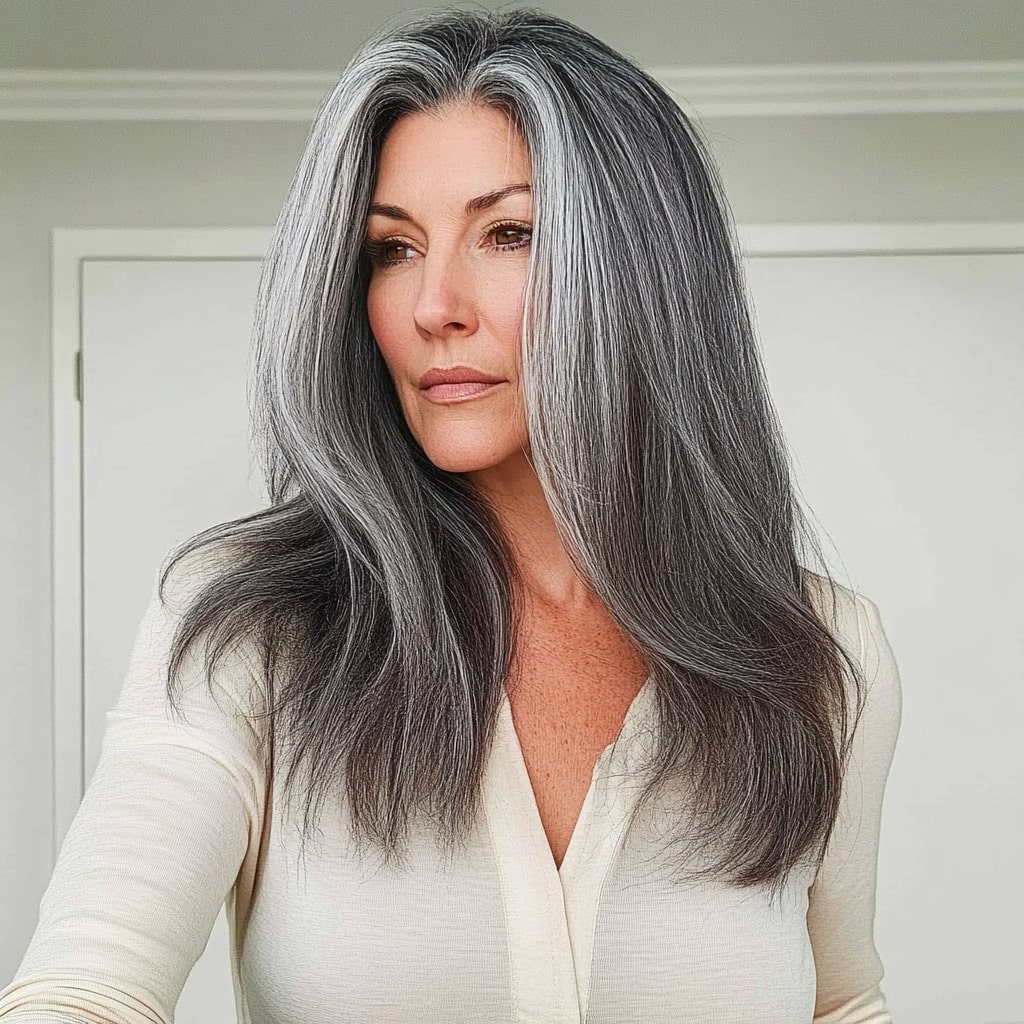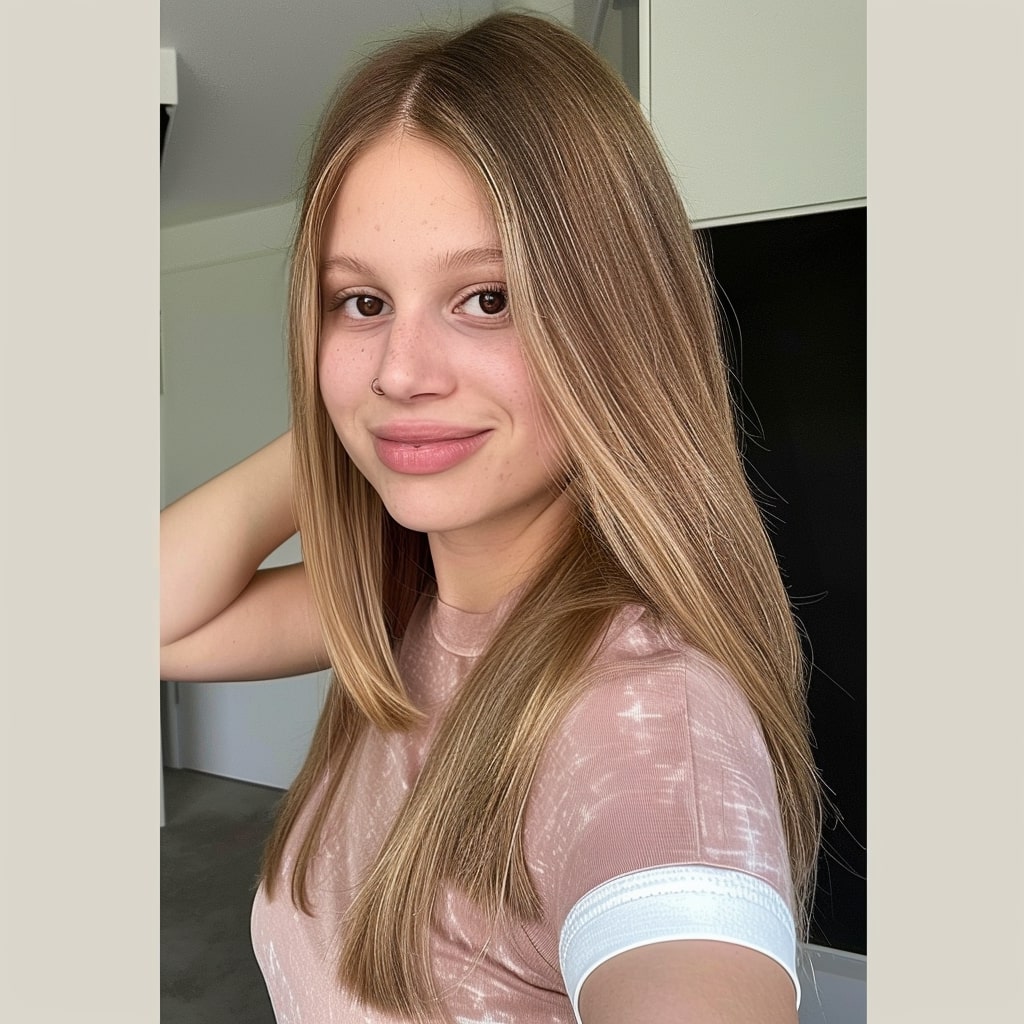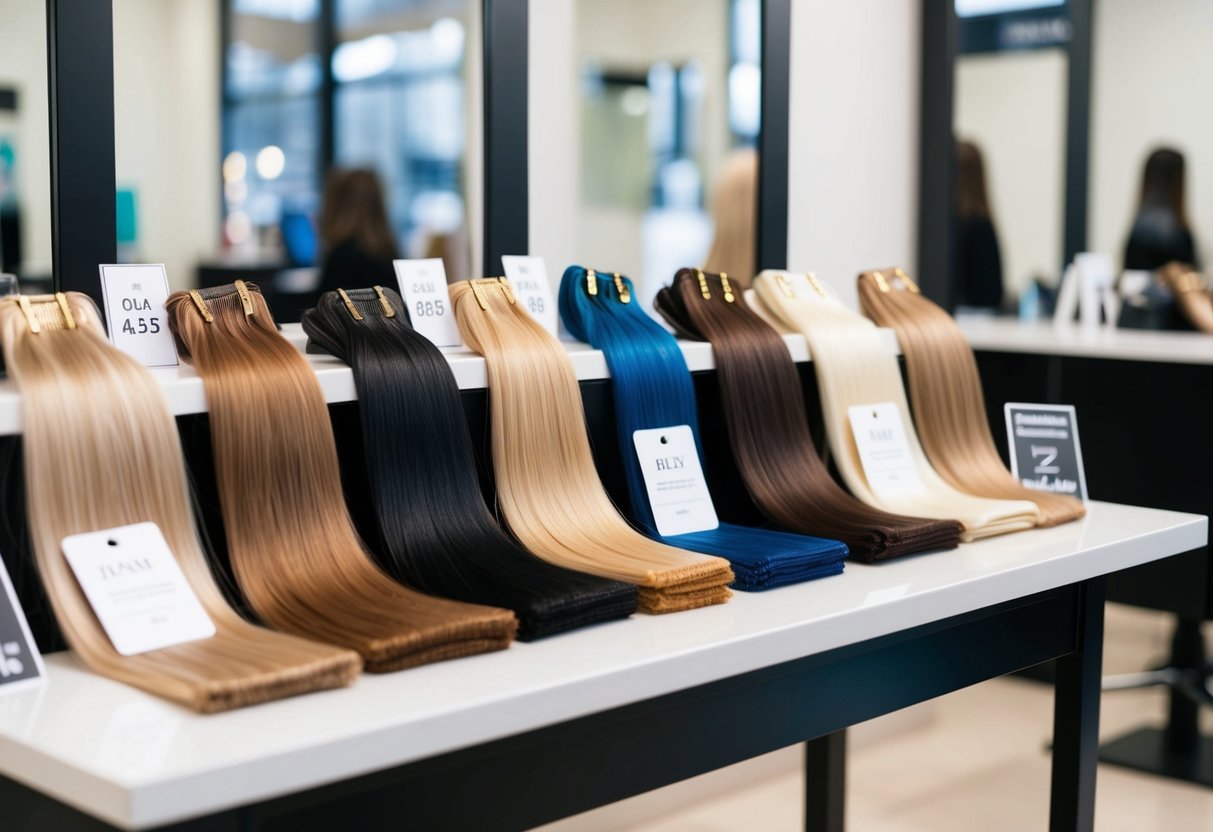What to Do if Your Hair Extensions Are Not Blending with Your Hair
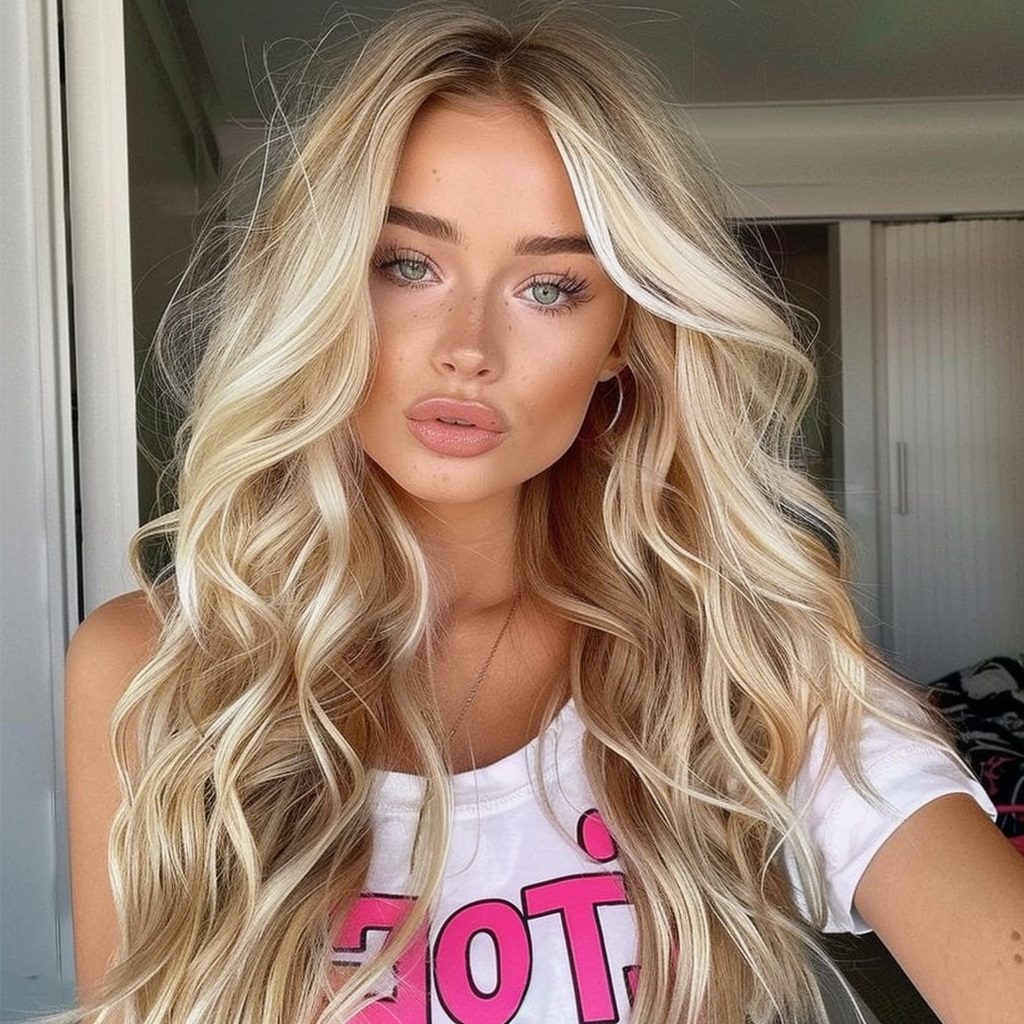
Key Takeaways
- Match the texture of your hair extensions with your natural hair for a seamless blend.
- Correct color mismatches by dyeing extensions or using custom color matching services.
- Proper placement of hair extensions is crucial for a natural look.
- Choose the right type of hair extension based on your hair type for better blending.
- Maintain a regular hair care routine to keep extensions in good condition.
- Use styling tools to blend extensions with your natural hair.
- Seek professional help for placement and adjustments to ensure a perfect blend.
- Regular maintenance and care are essential for long-lasting, natural-looking extensions.
Introduction
Hair extensions are a fantastic way to add length, volume, and versatility to your hairstyle. However, sometimes they might not blend seamlessly with your natural hair, causing frustration and disappointment. In this blog post, we'll explore common reasons why hair extensions may not blend and provide practical solutions to help you achieve a flawless look. Whether it's a texture mismatch, color differences, or placement issues, we’ve got you covered with tips and tricks to ensure your hair extensions blend perfectly with your natural hair.
Reasons Why Hair Extensions May Not Blend
Different Hair Textures
One of the main reasons hair extensions might not blend with your natural hair is a difference in texture. If your natural hair is curly and the extensions are straight, or vice versa, they can stand out and look unnatural. It's essential to match the texture of the extensions to your own hair to create a seamless blend.
Color Mismatch
A color mismatch between your hair and the extensions is another common issue. Even slight differences in shade can make extensions noticeable. This can happen if the extensions are too light, too dark, or have different undertones compared to your natural hair color.
Incorrect Placement
Improper placement of hair extensions can lead to noticeable differences. Extensions that are not positioned correctly can create unevenness, making them stand out. Proper placement is crucial for achieving a natural look and ensuring the extensions blend well with your hair.
Improper Hair Extension Type
Choosing the wrong type of hair extension for your hair can also cause blending issues. For example, clip-in extensions might not blend well with very fine hair, while tape-in extensions might not be suitable for thick, coarse hair. Selecting the appropriate type of extension for your hair type is vital for a natural appearance.
Solutions to Improve Blending
Matching Hair Textures
To ensure a seamless blend, choose hair extensions that match your natural hair texture. If you have curly hair, opt for curly extensions; if your hair is straight, go for straight extensions. You can also style your natural hair and the extensions similarly using heat tools or styling products to achieve a uniform texture.
Correcting Color Mismatch
To fix color mismatches, you can dye your extensions to match your natural hair color or vice versa. It's often best to have this done by a professional to achieve an exact match. Many hair extension suppliers, including USA Hair, offer custom color matching services to ensure your extensions blend perfectly.
Proper Placement Techniques
Proper placement is key to achieving a natural look. Make sure to place the extensions where your hair is thickest to help them blend better. Layering the extensions and placing them closer to the roots can also help create a seamless transition. If you're unsure about placement, consider visiting a professional stylist for assistance.
Choosing the Right Hair Extension Type
Selecting the right type of hair extension for your hair type is crucial. For fine hair, tape-in or micro-ring extensions might work best, while clip-ins or sew-in weaves could be more suitable for thicker hair. Consult with a hair extension specialist to determine the best type of extension for your hair to ensure optimal blending.
Maintenance Tips for Better Blending
Regular Hair Care Routine
Maintaining a consistent hair care routine is essential for keeping your hair extensions in good condition and ensuring they blend well with your natural hair. Use sulfate-free shampoos and conditioners to avoid drying out the extensions and your hair. Regularly detangle and moisturize to keep both your natural hair and extensions looking healthy and smooth.
Using Styling Tools
Styling tools can be your best friend when it comes to blending hair extensions. Use curling irons, straighteners, and blow dryers to style your extensions along with your natural hair. This helps to create a cohesive look. Be sure to use heat protectant sprays to prevent damage to both your hair and the extensions.
Professional Help and Adjustments
Sometimes, professional help is necessary to achieve the perfect blend. Regular visits to a stylist can ensure that your extensions are properly placed and maintained. They can also trim and style the extensions to match your natural hair, making the blend more seamless. Additionally, professionals can provide adjustments if the extensions become loose or start to show.
Conclusion
Blending hair extensions with your natural hair can be challenging, but with the right techniques and maintenance, you can achieve a flawless look. By matching textures, correcting color mismatches, ensuring proper placement, and choosing the right type of extensions, you'll be well on your way to beautiful, natural-looking hair. Remember to maintain a regular hair care routine and seek professional help when needed to keep your extensions in top condition.
FAQ
-
Why aren't my hair extensions blending with my natural hair?
- This can be due to differences in texture, color mismatches, incorrect placement, or using the wrong type of extensions.
-
How can I match the texture of my hair extensions to my natural hair?
- Choose extensions that match your hair's natural texture or style both your hair and the extensions similarly using heat tools or styling products.
-
What should I do if my extensions don't match my hair color?
- You can dye the extensions to match your hair or use custom color matching services offered by your hair extension supplier.
-
How do I place hair extensions correctly?
- Place extensions where your hair is thickest, layer them, and position them close to the roots for a seamless transition. Professional help may be beneficial.
-
Which type of hair extensions should I choose?
- The best type depends on your hair. Fine hair might benefit from tape-in or micro-ring extensions, while thicker hair could suit clip-ins or sew-in weaves.
-
How can I maintain my hair extensions?
- Use sulfate-free shampoos and conditioners, regularly detangle, moisturize, and avoid excessive heat to keep extensions in good condition.
-
Can I use styling tools on my hair extensions?
- Yes, using curling irons, straighteners, and blow dryers can help blend extensions with your natural hair. Always use heat protectant sprays.
-
How often should I visit a professional stylist for my extensions?
- Regular visits, about every 6-8 weeks, can help ensure proper placement, trimming, and styling for a seamless blend.
-
What should I do if my extensions become loose or start to show?
- Seek professional help for adjustments. They can reposition and secure the extensions to maintain a natural look.
-
How can I prevent damage to my hair extensions?
- Avoid excessive heat, use gentle hair care products, detangle carefully, and follow a regular maintenance routine.

 My Store Credit
My Store Credit
 Buy Again
Buy Again
